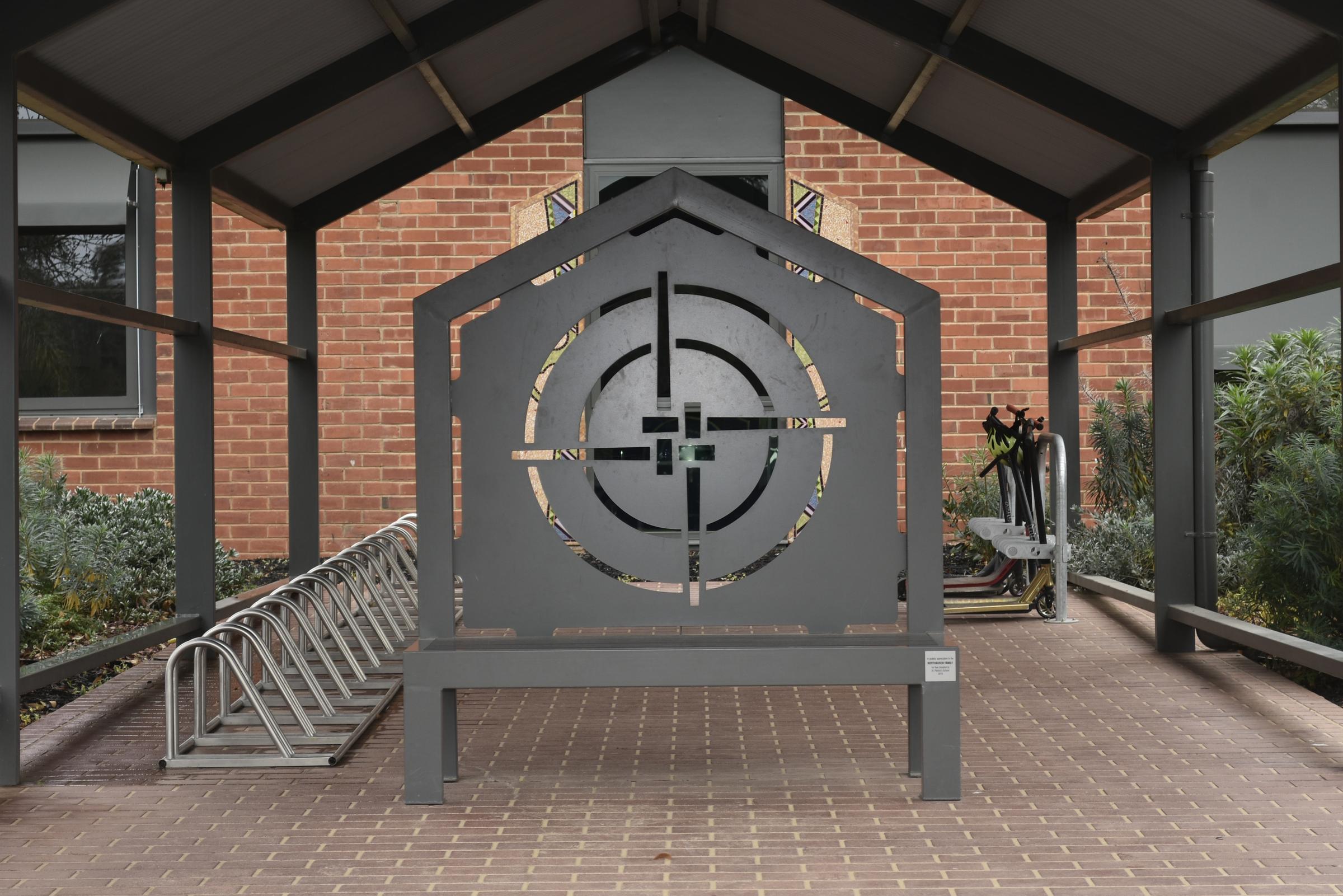Catholic Identity
Leader: Katie Rasmussen

Catholic Identity
Leader: Katie Rasmussen
As we approach the midpoint of the school year, it’s a meaningful time to pause and reflect on the rich Catholic Identity that shapes life at St Patrick’s. Throughout our school and grounds, you’ll notice a number of symbols and markers that represent our faith, values, and traditions. These are more than just decorations—they tell the story of who we are and what we stand for as a Catholic school community.
Our School Logo


Our logo brings together two key symbols:
Brigid's Cross


Made from green rushes, Brigid’s Cross reminds us of St Brigid’s compassion and teaching. As the story goes, she wove this cross while comforting a dying chieftain, explaining the story of Jesus. Moved by her words, he asked to be baptised. The tradition of weaving Brigid’s Cross continues today as a sign of faith, comfort, and connection.
Lamp of Learning


This symbol traces back to St Brigid’s monastery in Kildare, where an eternal flame was tended. Today, it represents the light of learning—a reminder that education doesn’t just fill minds but also shapes hearts. This is a key symbol used in schools with ties to Kildare Ministries and the Brigidine tradition.
Cill Dara – Church of the Oak


Cill Dara, meaning Church of the Oak in Irish, was the name of the site where St Brigid established her monastery in the 5th century, under the shelter of a large oak tree. It became a place of welcome, learning, and deep faith.
At St Patrick’s, we honour this legacy by naming one of our buildings Cill Dara, recognising the Brigidine values of hospitality, strength, and community that continue to guide our school today.
Emblem of the Order of St Augustine


This emblem features a flaming heart pierced by an arrow, set against an open book:
These symbols are woven into our identity and can be found throughout our classrooms, school buildings, gardens, and in the church. They remind us of our heritage, our values, and the deeper meaning behind being part of a Catholic school community.
We encourage students and families to take notice of these markers and reflect on how they continue to shape who we are and how we treat one another each day.
Catholic Social Teaching (CST) is rooted in Scripture, formed by the wisdom of Church leaders, and influenced by grassroots movements. It is our moral compass, guiding us on how to live out our faith in the world.
The CST principles which inspire our work are:
Our faith calls us to love God and to love our neighbours in every situation, especially our sisters and brothers living in poverty. Following in the footsteps of Christ, we hope to make present in our unjust and broken world, the justice, love and peace of God.

